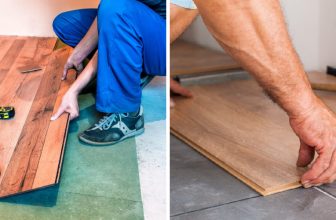How to Tell if Subfloor is Rotten
Do you suspect that the subfloor in your home may be rotten? This could pose a serious problem, as rotting wooden floors can lead to long-term structural damage and an unsafe living environment. Unfortunately, it can often be difficult to tell if there are signs of rot beneath the surface without looking for them carefully. If you want to know how to detect rotten subflooring before any major repairs are necessary, keep reading! In this blog post, we will provide an in-depth look at different techniques and tips for recognizing when your subfloor has gone bad and what steps you need to take next.
With the right assessment steps, you can find out if the subfloor is truly rotten and determine what needs to be fixed. Here, we’ll cover all aspects of inspecting for rot in a subfloor, including identifying warning signs and testing methods. Learn how to tell if subfloor is rotten–so that you can keep your home safe from unnecessary repairs.
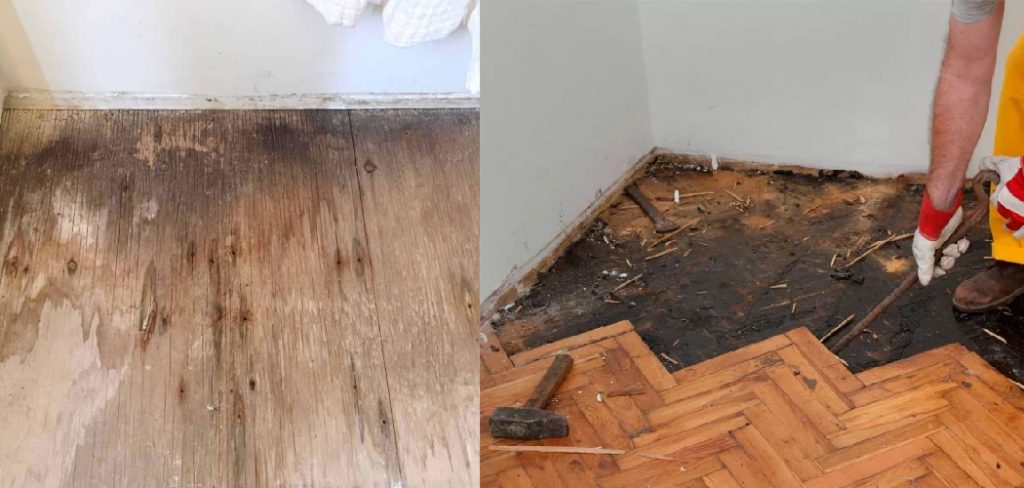
Why is It Important to Know if Subfloor is Rotten?
1 . To Ensure Structural Stability
A rotten subfloor can compromise the structural integrity of your home. The subfloor acts as a foundation for your flooring, supporting heavy loads and foot traffic. If it becomes rotten, it may not be able to bear the weight of your flooring and furniture, leading to sagging or even collapse. This can be a safety hazard and also cause costly damage to your home.
2. To Prevent Mold and Mildew Growth
A rotten subfloor can provide the perfect environment for mold and mildew growth. Moisture from leaks or humidity can seep into the subfloor, providing a breeding ground for these microorganisms. This not only leads to unpleasant odors but also poses a health risk, especially for those with allergies or respiratory issues. By identifying and addressing a rotten subfloor, you can prevent mold and mildew growth in your home.
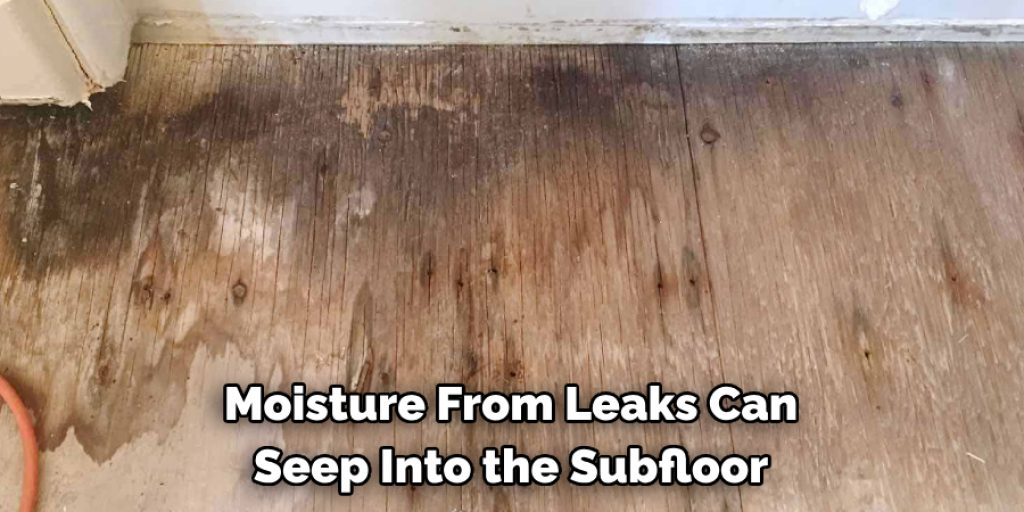
3. To Save Money on Repairs
If left undetected and unaddressed, a rotten subfloor can lead to costly repairs in the future. As mentioned before, it can compromise the structural integrity of your home and also provide an opportunity for mold and mildew growth. These issues can be expensive to fix, especially if they have spread to other areas of your home. By regularly checking for signs of a rotten subfloor, you can catch the problem early on and save yourself from costly repairs.
4. To Maintain a Clean and Healthy Home
A rotten subfloor can also affect the overall cleanliness and hygiene of your home. As mold and mildew grow, they can release spores into the air, which can spread throughout your home and affect the indoor air quality. This can lead to musty odors, allergies, and respiratory issues.
10 Tips On How to Tell if Subfloor is Rotten
1 . Look for Visible Signs of Rot
Often, the first sign of a rotten subfloor is visible signs on the surface. This could include discoloration, soft spots, or even holes in the flooring. Take a thorough look at your floors and note any areas that seem off.
2 . Check for Moisture
One of the main causes of subfloor rot is excess moisture. If you notice any areas of your flooring that are consistently damp or wet, this is a clear sign that there could be rot present.
3 . Inspect the Edges
The edges of your subfloor are vulnerable to rot as they are often exposed to water and moisture from spills or leaks. Pay close attention to these areas when checking for signs of damage.

4 . Press Down on the Floors
Gently press down on different areas of your floors to see if any areas feel soft or spongy. This could be a sign of rot, as the wood becomes weakened and loses its structural integrity.
5 . Check for Mold or Mildew
Mold and mildew thrive in moist environments and can be an indication of a rotten subfloor. Look for dark spots or fuzzy growth on your flooring, as well as a musty odor.
6 . Inspect the Subfloor from Below
If you have access to the underside of your floor, take a closer look at the subfloor from below. Look for any visible signs of rot or water damage. Also you have to check the floor joists and supports, as they can also be affected by moisture.
7 . Look for Bouncy or Uneven Floors
A rotten subfloor can cause your floors to become bouncy or uneven. This occurs when the wood becomes weak and begins to sag or bow under weight. If you notice any areas of your flooring that feel bouncy or uneven, it’s important to investigate further.
8 . Use a Moisture Meter
A moisture meter is a useful tool for determining if your subfloor has high levels of moisture. Simply place the meter on different areas of your flooring and see if there are any significant readings. High levels of moisture can indicate rot or potential future problems.
9 . Consider Age and Maintenance
Older homes and those with poor maintenance may be more susceptible to subfloor rot. If you know your home is older or hasn’t been well maintained, it’s important to keep a closer eye on your flooring for signs of damage.
10 . Consult a Professional
If you have any doubts about the condition of your subfloor, it’s always best to consult a professional. They can thoroughly inspect your floors and provide you with expert advice on how to handle any potential issues. It’s always better to be safe than sorry when it comes to the structural integrity of your home.
Remember, catching subfloor rot early is important in preventing further damage and potentially costly repairs. By following these tips and keeping an eye out for any warning signs, you can ensure the health and safety of your home’s foundation. If in doubt, always seek professional assistance to properly assess and address any concerns with your subfloor. So, don’t wait for long! Take action immediately if you suspect that your subfloor may be rotten.
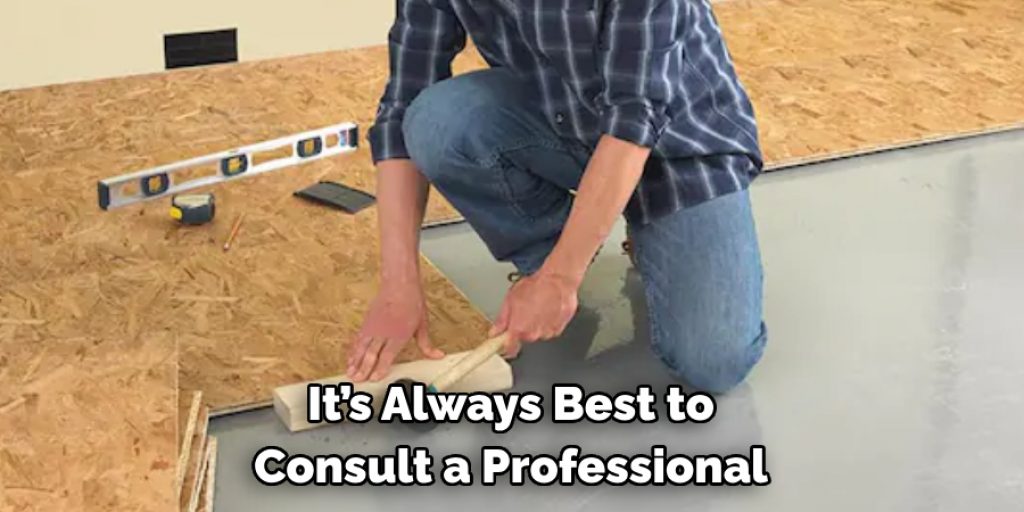
Frequently Asked Questions
What Precautions Should I Take When Checking for a Rotten Subfloor?
When checking for a rotten subfloor, it’s important to take the necessary precautions to ensure your safety. Here are some things you should keep in mind when inspecting your subfloor:
- Wear protective gear such as gloves and a mask to avoid coming into contact with any potential mold or mildew.
- Use a flashlight and be cautious when walking on the subfloor to avoid any potential falls or injuries.
- Have a support system in place, whether it’s another person helping you or having someone aware of your whereabouts in case of an emergency.
How Can I Tell if My Subfloor is Rotten?
There are a few key signs that can indicate a rotten subfloor. These include:
- Soft or sagging areas in the floor, can be an indication of water damage and rot.
- Discoloration or dark spots on the subfloor, can also indicate water damage and mold growth.
- An unpleasant musty odor in the room, may suggest the presence of mold or mildew.
If you notice any of these signs, it’s important to further investigate and potentially seek professional help if needed.
What Can Cause a Subfloor to Rot?
There are several factors that can contribute to a subfloor rotting, including:
- Water damage from leaks or flooding
- Poor ventilation in the room, leads to excess moisture buildup
- Lack of proper sealing or protection against water and moisture
- Pest infestation, they can cause damage to the subfloor and create entry points for water and moisture.
Taking steps to prevent these issues and regularly inspecting your subfloor can help avoid rotting in the future. So, it is important to conduct regular maintenance checks on your subfloor to ensure its integrity.
Is a Rotten Subfloor Dangerous?
Yes, a rotten subfloor can pose various dangers to your home and health. It can compromise the structural integrity of your floors, leading to potential collapses or hazards. Additionally, the presence of mold and mildew from a rotten subfloor can cause respiratory issues and allergies if left untreated. It’s important to address any signs of a rotten subfloor as soon as possible to avoid these risks.
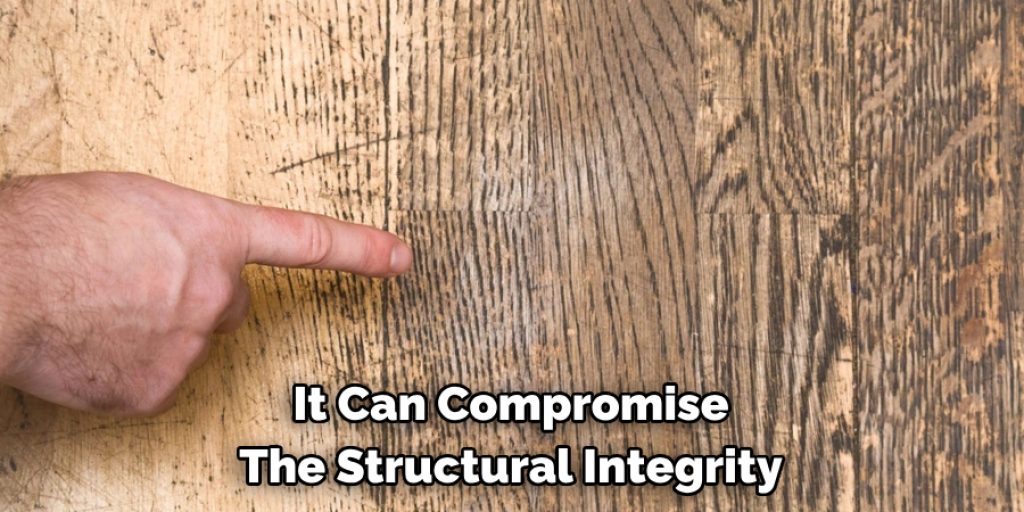
Conclusion
In short, you can easily tell if a subfloor is rotten by feeling for soft spots, inspecting for excess water or insect damage, and checking for visible sings of decay. If you think that your subfloor may be rotten, it is important to address the issue quickly as leaving rotten wood untreated could lead to bigger issues with your home’s foundation. This also means that rot could spread to other nearby timbers and joists leading to more expensive repairs.
Now you know how to tell if subfloor is rotten! Additionally, if the rot gets too bad, then replacing the entire floor may be required. To avoid any further costly damage down the road, consider contracting a professional in order to properly evaluate and repair the area.




